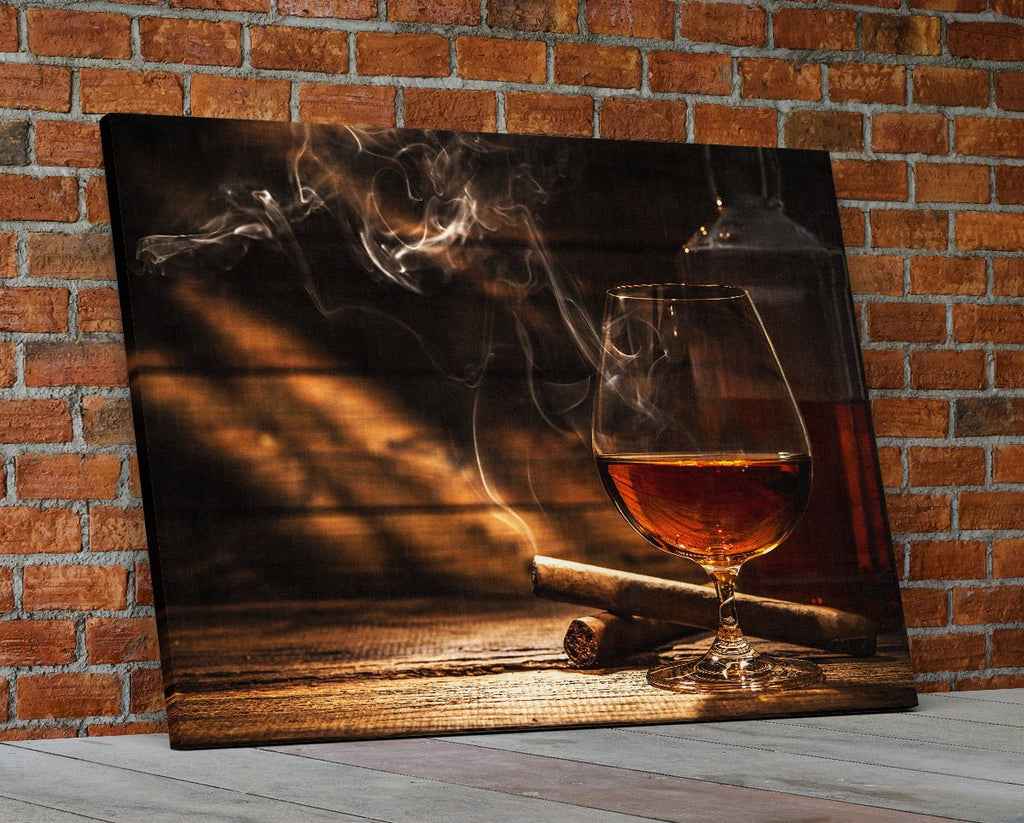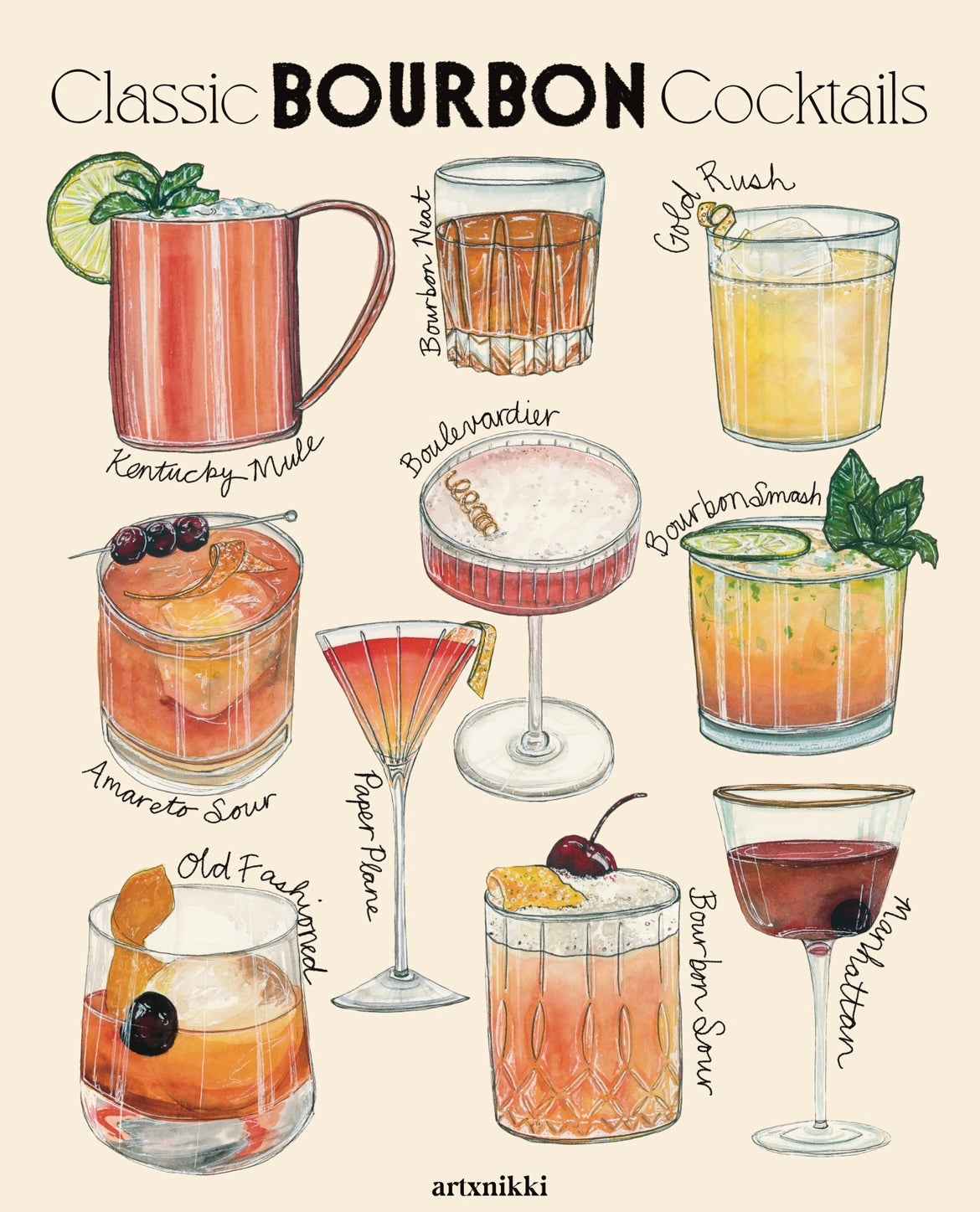The Allure of Realism Art: A Deep Dive into Whiskey's Rich Heritage
The Allure of Realism Art: A Deep Dive into Whiskey's Rich Heritage
Blog Article
The Value of Whiskey Art in Celebrating Heritage and Workmanship in the Beverage Sector
The complex relationship in between scotch art and the party of heritage and workmanship within the beverage market can not be overstated. Via attentively developed tags and bottles, bourbon brand names encapsulate their historic roots and the artisanal abilities that define their production methods.
The Historic Roots of Whiskey
At the heart of scotch's allure exists a rich tapestry of historical roots that map back to old people. The origins of scotch can be connected to the distillation techniques of the Sumerians and Babylonians around 2000 BCE, where early types of fermented grain drinks began to arise. Nevertheless, it remained in the Middle Ages that the art of distillation advanced considerably, specifically in Ireland and Scotland, resulting in the creation of scotch as we understand it today.
The term "bourbon" itself stems from the Gaelic word "uisce beatha," suggesting "water of life." This expression underscores the cultural relevance of bourbon in Celtic cultures, where it was frequently related to routines, parties, and public bonding. By the 15th century, distillation ended up being an acknowledged craft within reclusive areas, leading the way for the establishment of legal distilleries.
As trade paths broadened, bourbon's appeal expanded, going beyond local borders and capturing the interest of connoisseurs worldwide. Whiskey Art. This historical journey reflects not only the craftsmanship behind whiskey production but also its essential function in social and social contexts, noting it as a significant drink throughout history
Artistic Expression in Branding
Whiskey branding stands as a compelling intersection of artistry and commerce, where visual identity plays an important function fit consumer perception. The looks of scotch labels, packaging, and marketing materials show not only the brand name's tale however likewise its core values and heritage. Through imaginative expression, distilleries share a narrative that resonates with consumers, evoking feelings and stimulating connections.
The usage of color, typography, and images in branding serves to distinguish products in a saturated market. For instance, traditional concepts may evoke a feeling of authenticity and craftsmanship, while modern-day styles can signify technology and forward-thinking. This critical creative instructions enhances brand name acknowledgment and loyalty, permitting consumers to create an individual connection with the bourbon they choose.
Additionally, artistic expression in branding commonly serves as an event of local heritage. Distilleries frequently integrate local icons or historical recommendations right into their designs, producing a feeling of area that invites consumers to take part in a more comprehensive cultural experience. Eventually, the creativity behind bourbon branding not only enhances visual charm yet also enriches the general story of the brand name, fostering a deeper gratitude for the workmanship and heritage ingrained in each container.
Workmanship in Container Design
The artistry apparent in whiskey branding prolongs past aesthetic identification to incorporate the workmanship associated with bottle design. Each bottle acts as a vessel not just for the spirit within, but also for the story it outlines its origin, tradition, and high quality. The design process calls for thorough attention to information, as components such as material, form, and closure add substantially to the general perception of the whiskey.
Workmanship in container style includes picking premium glass that can improve the bourbon's shade and clearness, while also providing a responsive experience for the customer. The silhouette of the container need to be both practical and visually appealing, often reflecting the heritage of the brand name. Lots of distilleries choose for distinct forms or embossed logos that evoke a sense of authenticity and background.
Additionally, the label layout you can find out more and typography play a vital duty in interacting the brand's story. Whiskey Art. A well-crafted bottle not only mesmerizes the consumer's eye yet also enhances the brand's dedication to high quality and practice. This way, the craftsmanship of bottle layout ends up being a vital element of the scotch experience, merging creativity with an extensive respect for heritage
Social Significance of Scotch Art
Celebrating custom and workmanship, the cultural relevance of bourbon art goes beyond mere aesthetic appeals, intertwining with the historic and social stories of the regions where it originates. Each bottle functions as a canvas, depicting the special tales, folklore, and customs that have actually formed local whiskey-making methods. The intricate designs commonly reflect the heritage of the distillers, integrating icons and concepts that resonate with the culture and values of their areas.

Additionally, whiskey art plays an essential role in public gatherings and events, acting as a concrete web link between people and their shared experiences. By valuing the artistry in scotch product packaging, consumers grow a much deeper understanding and respect for the craft, eventually enriching their pleasure of the drink itself.
Modern Trends in Whiskey Discussion
In current years, the presentation of scotch has my review here actually evolved to show modern preferences and trends while still recognizing conventional workmanship - Bourbon Art. Distilleries are progressively concentrating on visual components that enhance the general alcohol consumption experience, linking the void between heritage and modernity
Cutting-edge bottle designs have emerged, usually incorporating lasting materials and creative tags that inform engaging stories. Many brands now work together with regional musicians, instilling their items with one-of-a-kind aesthetic expressions that reverberate with consumers. Additionally, limited-edition releases are typically packaged in collectible containers, adding value and charm for lovers.

Conclusion
In conclusion, whiskey art serves as a vital conduit for expressing the heritage and craftsmanship inherent in the drink sector. With complex branding, ingenious bottle designs, and culturally significant artistic components, bourbon brand names efficiently honor their traditions and attach with consumers.


Workmanship in container layout includes selecting top quality glass that can enhance the bourbon's shade and clarity, while also giving a responsive experience for the consumer. In this way, the workmanship of bottle design comes to be a crucial element of the scotch experience, merging artistry with an extensive respect for heritage.
In verdict, scotch top article art serves as an essential channel for expressing the heritage and workmanship fundamental in the beverage market.
Report this page